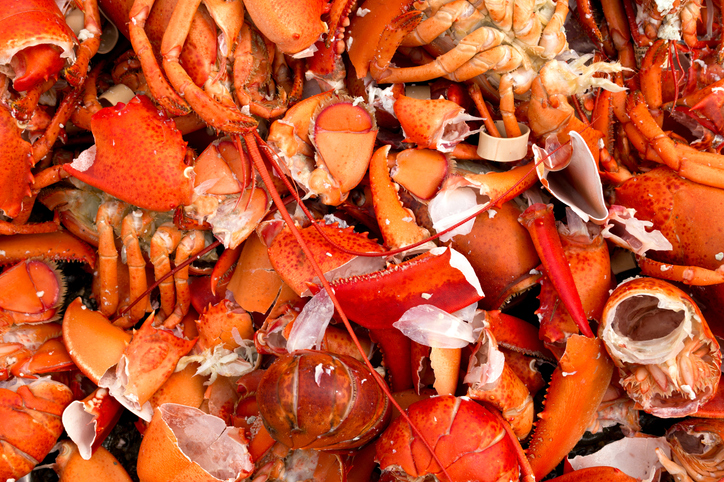
Australia’s lobster and shellfish industries could reap substantial financial benefits by using shell waste to create new products identified by Flinders University’s Centre for Marine Bioproduct Development.
Shell wastes pose environmental and financial burdens to the shellfish industry. However, Flinders University researchers have found that using these undervalued shells for the commercial production of chitin (a naturally occurring polymer) could minimise the adverse impact of a current waste product while maximising economic value.
“Conventional production of shell chitin uses harsh chemical processes that are environmentally unfriendly and infeasible for recovering proteins and minerals that could be used as a functional, dietary, or nutraceutical ingredient in many commercial products,” says Professor Wei Zhang, Research Director of the Marine Bioproducts Cooperative Research Centre at Flinders University.
“However, we recently developed a microwave-intensified biorefinery that efficiently produced chitin, proteins and minerals from lobster shells. These by-products are calcium-rich and are bio-functional for use in many commercial products.”
In the new study, the Flinders University research team analysed the nutritional attributes, functional properties, nutraceutical effects and cytotoxicity of lobster minerals by using in vitro simulated gastrointestinal digestion combined with growing bone, skin and macrophage cells.
Calcium from the lobster minerals is comparable to currently available commercial calcium supplements – and taking the further step to incorporate beef with the lobster minerals retained water better than the currently-used commercial nutraceutical ingredients casein and calcium lactate.
The lobster mineral had a considerably higher oil and water binding capacity than commercial supplements. The newly developed minerals were far more soluble, and the in vitro bioavailability of lobster calcium was 5.9-fold higher compared to the commercial product, underlining the sustainability of the new chitin production process.
“All these results indicate that lobster minerals could be used as a source of functional or nutraceutical calcium for commercial products,’ says Professor Jian Qin, Professor of Aquaculture at Flinders University’s College of Science and Engineering. “It suggests that further investigation should be conducted on lobster minerals for other possible commercial applications.”
The research – “High Solubility and Bioavailability of Lobster Shell-Derived Calcium for Significantly Proliferating Bone and Skin Cells In Vitro” by Trung Nguyen, Thanh Hoang, Tuyet Pham, Vi Khanh Truong, Xuan Luo, Jian Qin and Wei Zhang – has been published by Marine Drugs journal.

